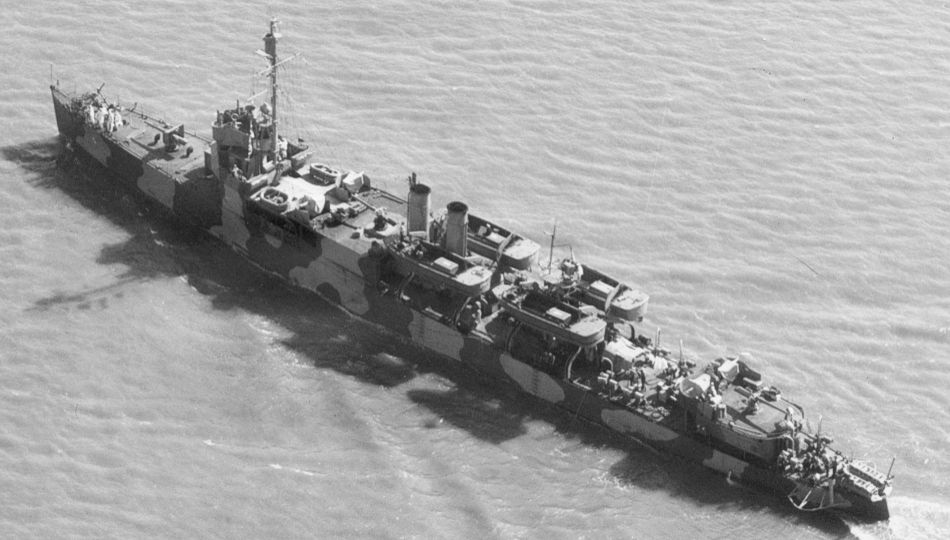It has been discussed in other threads if there are no USN carriers available to protect ships moving between Espirito Santo and Lungga Pt. how do the Marines and Cactus Airforce get resupplied and then how long before they are out of fuel and ammo? Once that happens, Iron bottom Sound is owned by the IJN in the daylight as well as the night. Once Henderson Field falls to the Japanese, how are the trade lines to Australia not endangered even if there is no FS? Also, what does Japan winning at Guadalcanal do for the allies in New Guinea?
So saying by October 42 all the USN carriers are either sunk or so badly damaged to require returning to the CONUS the SW Pacific is a Japanese victory and I say using Kamikaze tactics that early in the war (especially at Eastern Solomons) just might have tipped the scales for that to occur.
Okay, I'm going to try and explain this again. If the Japanese use kamikaze tactics at Eastern Solomons, and
if, as you claim, they are more effective at knocking out the American carriers - Wasp is still in the combat zone, having been off refueling during Eastern Solomons. Hornet got there mid-August. They have two carriers.
Until October the Americans weren't interested in risking those carriers against Japanese fleet units that weren't doing much to change the situation, and by October the Americans were and are so badly outnumbered that they're not going to give battle, as they did not IOTL for a solid two weeks in the runup to Santa Cruz. This is especially true if Wasp is still torpedoed and sunk as OTL - there's no way in hell even the aggressive-to-a-fault Halsey is going to give battle with only a single carrier.
This is the point I've been trying to hammer home: more Japanese success at Eastern Solomons means more cautious American use of their carriers later in the campaign,
not them banzaiing their limited carrier decks into the teeth of the Japanese fleet.
And no, the trade lines to Australia aren't endangered solely by the loss of Guadalcanal. The island's too far north. It's over 1200 miles to Brisbane, the northernmost Australian port, and that's pushing the outer limits of the G4M's range. Traffic bound to Sydney and Melbourne is too far away.
